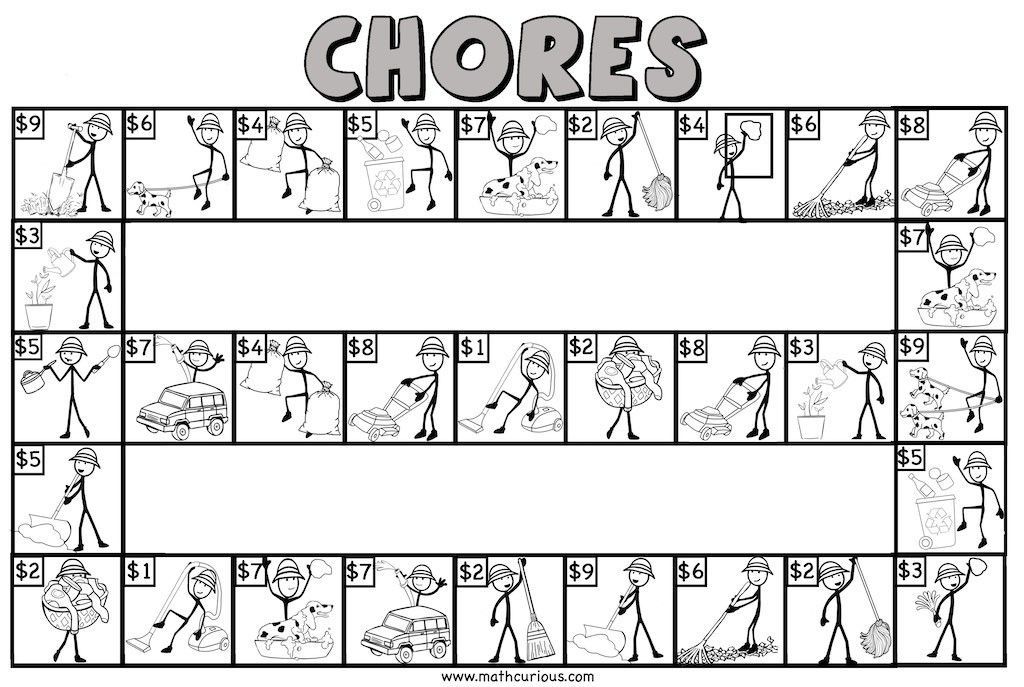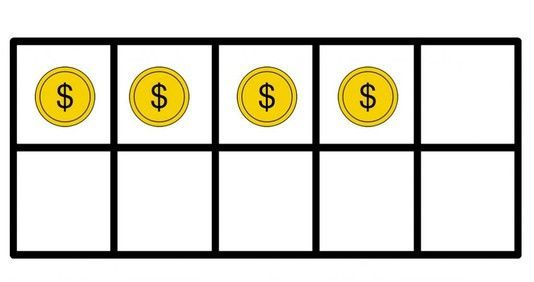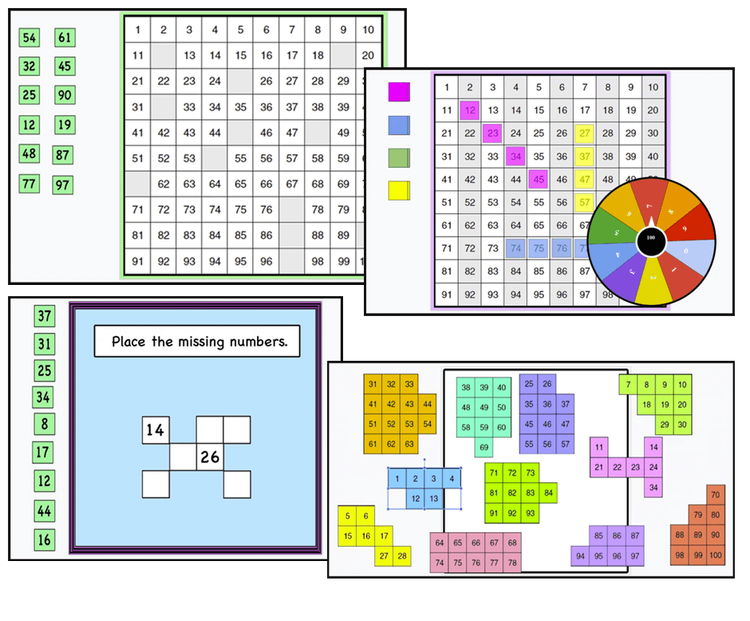Grades 1-4
“Chores” is a simple fun game to practice addition to 10, 20 or 100, regrouping, and place value. The game board can also serve as a chart for many kinds of word problems. The game board is a chart of chores that the players need to move on using dice and try to get $10,$20, or $100. There are two ways you can play. The goal could be to make 10 or 20, or to make the most money before all the chores are done. Two game boards are provided along with 10 frames and 100 grid. A google slides version (with a spinner) included.


Material:
- Print out of the game board
- One 6 face dice
- Color pencils (one for each player) or whiteboard markers if the game board is laminated.
How to play
Game 1
Goal: Be the first player to make $10. (or 20)
The players start from any corner of the board and move at any direction by rolling a 6 face dice. They mark the chore they land on. (color with pencil or mark with a whiteboard marker). They add the money to make $10 or $20 (two different boards). The marked chores are done and can not be used to collect money. If you land on them you just have to stay and wait for your next turn.
Short game: The winner is the first to make $10
Long game: The winner is the player that makes the most 10s. (or 20s). You can only continue to collect money after you complete a 10 (or 20 if you are practicing adding to 20)
The players can use 10 frames and counters, coins, or any small objects to keep count of their earned money.

You can also use base ten blocks and when the player collects 10 ones they can exchange them with a ten. (regrouping) The player that collects the most tens wins. If you play with the “make 20 board” (the one with the bigger numbers then you can decide that the winner is the one that makes 100. The players can mark their earnings on a 100 grid.

Game 2
Goal: Collect the most money before all the chores are done.
How to play:
The players take turns to roll the dice. They mark the chores they land on and add the money on a piece of paper. The marked chores are done and can not be used to collect money. The winner is the player that collects the most money.
The game board was first designed as a prompt for word problems and you can use it like that as well. Ask the students questions such as,
- “If I do the laundry and the shopping, how much money will I get?
- How much more will I get by walking the dog than taking out the trash?
- I need $12 to buy my friend a present, what chores should I do?
- John did the cooking and vacuuming and Tom shoveled the snow and did the laundry. Who made the most money?
Ask the students to think of problems themselves using the chart. Ask them to list chores to make 10, 20 or different amounts.
I have included a board without the numbers as well in case you would like to add your own like decimals ($0.20). I used this board with minutes instead of money as well. Write the number of minutes for each chore and ask questions like “Which chores can be done in one hour?”
Here is the link for the virtual version. I added the boards as slides and a spinner for the steps. Please make a copy and use the new link.
https://docs.google.com/presentation/d/1oiVM0wkRQfhtQr7vsHJ9pA57A_3rGxelJ-PTGqZVXLs/copy
Here are the files to print
We hope you find these games useful. I am sure you can find more ways to use these ideas. Feel free to share your ideas with us










